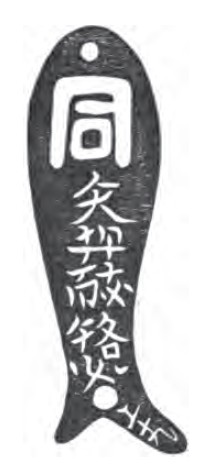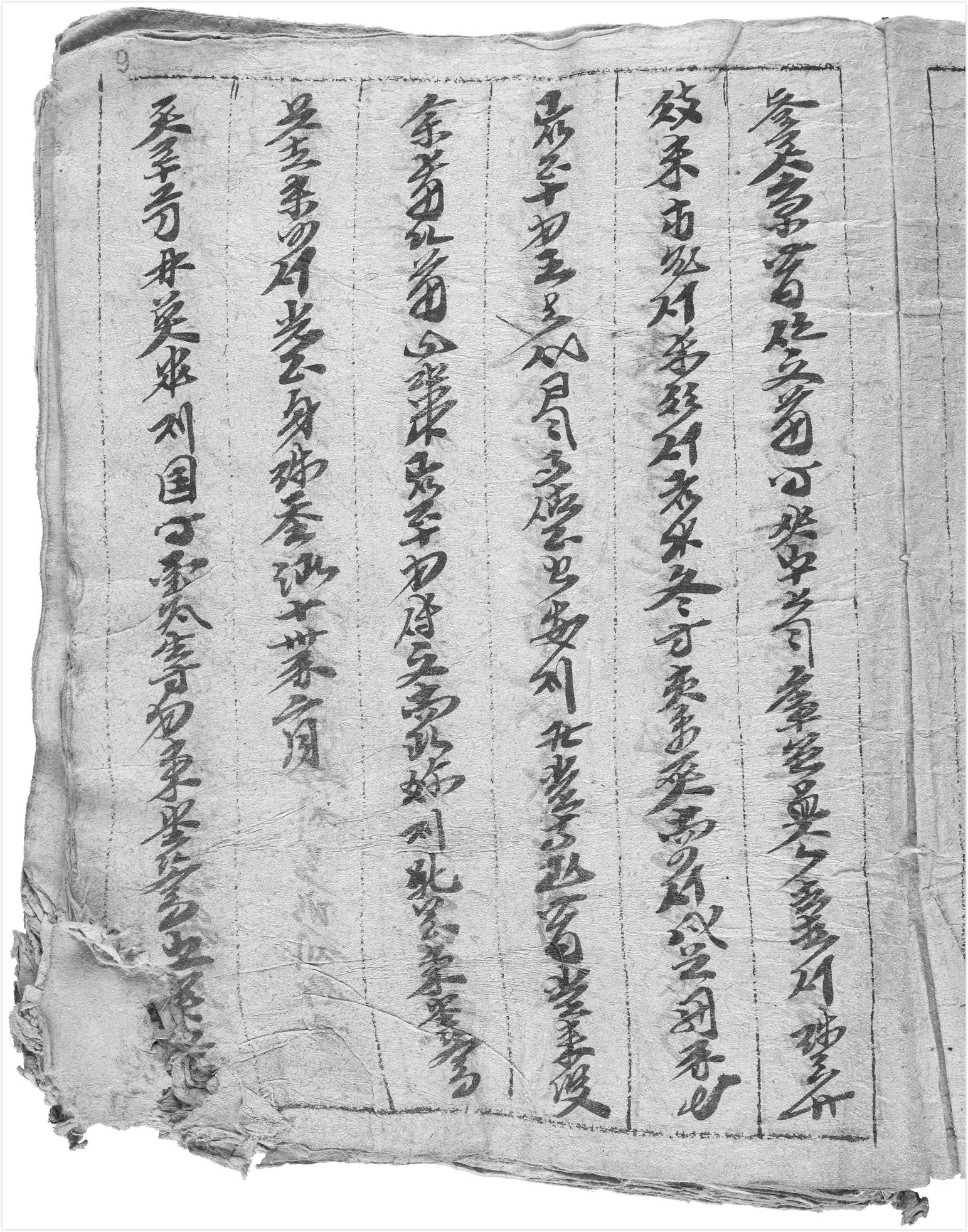|
Mongolian Writing Systems
Various Mongolian writing systems have been devised for the Mongolian language over the centuries, and from a variety of scripts. The oldest and native script, called simply the Mongolian script, has been the predominant script during most of Mongolian history, and is still in active use today in the Inner Mongolia region of China and has '' de facto'' use in Mongolia. It has in turn spawned several alphabets, either as attempts to fix its perceived shortcomings, or to allow the notation of other languages, such as Chinese, Sanskrit and Tibetan. In the 20th century, Mongolia briefly switched to the Latin script, but then almost immediately replaced it with the modified Cyrillic alphabet because of its smaller discrepancy between written and spoken form, contributing to the success of the literacy campaign, which increased the literacy rate from 17.3% to 73.5% between 1941 and 1950Batchuluun Yembuu, Khulan Munkh-Erdene (2005)Literacy country study: Mongolia. Background paper p ... [...More Info...] [...Related Items...] OR: [Wikipedia] [Google] [Baidu] |
State Great Khural
The State Great Khural is the unicameral parliament of Mongolia,Montsame News Agency. ''Mongolia''. 2006, Foreign Service office of Montsame News Agency, , p. 40 located in the Government Palace in the capital Ulaanbaatar. History 1914–1919 Tögs-Ochiryn Namnansüren became the chairman of the State Great Khural in February 1914, and served until his death in April 1919. 1924–1960 The first ''Ulsyn Ikh Khural'' was called to session in November 1924. This body was the legislature of the Mongolian People's Republic. It delegated much of its powers to an executive committee, the '' Ulsyn Baga Khural'' ( Little Khural). The Great Khural held nine sessions between November 1924 and February 1949. Following electoral reforms in 1951, the numbering of its sessions began again. The first was held in July 1951 and the third in July 1957.Alan J. K. Sanders (ed.), "Hural, Little" and "Hural, State Little", in ''Historical Dictionary of Mongolia'', 2nd ed. (Scarecrow Pre ... [...More Info...] [...Related Items...] OR: [Wikipedia] [Google] [Baidu] |
Khitan Small Script
The Khitan small script () was one of two writing systems used for the now-extinct Khitan language. It was used during the 10th–12th century by the Khitan people, who had created the Liao Empire in present-day northeastern China. In addition to the small script, the Khitans simultaneously also used a functionally independent writing system known as the Khitan large script. Both Khitan scripts continued to be in use to some extent by the Jurchens for several decades after the fall of the Liao dynasty, until the Jurchens fully switched to a script of their own. Examples of the scripts appeared most often on epitaphs and monuments, although other fragments sometimes surface. History The Khitan small script was invented in about 924 or 925 CE by a scholar named Yelü Diela. He drew his inspiration from "the Uyghur language and script", which he was shown by a visiting Uyghur ambassador at the Khitan court. For this reason, Khitan small script was originally thought to be a daughter ... [...More Info...] [...Related Items...] OR: [Wikipedia] [Google] [Baidu] |
Khitan Large Script
The Khitan large script () was one of two writing systems used for the now-extinct Khitan language (the other was the Khitan small script). It was used during the 10th–12th centuries by the Khitan people, who had created the Liao Empire in north-eastern China. In addition to the large script, the Khitans simultaneously also used a functionally independent writing system known as the Khitan small script. Both Khitan scripts continued to be in use to some extent by the Jurchens for several decades after the fall of the Liao dynasty, until the Jurchens fully switched to a script of their own. Examples of the scripts appeared most often on epitaphs and monuments, although other fragments sometimes surface. History Abaoji of the Yelü clan, founder of the Khitan, or Liao, dynasty, introduced the original Khitan script in 920 CE. The "large script", or "big characters" (), as it was referred to in some Chinese sources, was established to keep the record of the new Khitan state ... [...More Info...] [...Related Items...] OR: [Wikipedia] [Google] [Baidu] |
Khitan Language
Khitan or Kitan ( in large Khitan script, large script or in small Khitan script, small, ''Khitai''; , ''Qìdānyǔ''), also known as Liao, is an extinct language once spoken in Northeast Asia by the Khitan people (4th to 13th century CE). It was the official language of the Liao dynasty, Liao Empire (907–1125) and the Qara Khitai (1124–1218). Owing to a narrow corpus of known words and a partially undeciphered script, the language has yet to be completely reconstructed. Classification Khitan appears to have been related to the Mongolic languages; Juha Janhunen states: "Today, however, the conception is gaining support that Khitan was a language in some respects radically different from the historically known Mongolic languages. If this view proves to be correct, Khitan is, indeed, best classified as a Para-Mongolic languages, Para-Mongolic language." Alexander Vovin (2017) argues that Khitan has several Koreanic languages, Koreanic loanwords. Since both the Korean Goryeo dy ... [...More Info...] [...Related Items...] OR: [Wikipedia] [Google] [Baidu] |
Khitan People
The Khitan people (Khitan small script: ; ) were a historical Eurasian nomads, nomadic people from Northeast Asia who, from the 4th century, inhabited an area corresponding to parts of modern Mongolia, Northeast China and the Russian Far East. As a people descended from the proto-Mongols through the Xianbei, Khitans spoke the now-extinct Khitan language, a Para-Mongolic languages, Para-Mongolic language related to the Mongolic languages. The Khitan people founded and led the Liao dynasty (916–1125), which dominated a vast area of Siberia, Mongolia and Northern China. The Khitans of the Liao dynasty used two independent writing systems for their language: Khitan small script and Khitan large script. After the fall of the Liao dynasty in 1125 following the Jin dynasty (1115–1234)#Rise of the Jin and fall of the Liao, Jurchen invasion, many Khitans followed Yelü Dashi's group westward to establish the Qara Khitai or Western Liao dynasty, in Central Asia, which lasted nearly a ... [...More Info...] [...Related Items...] OR: [Wikipedia] [Google] [Baidu] |
Brahmi Script
Brahmi ( ; ; ISO 15919, ISO: ''Brāhmī'') is a writing system from ancient India. "Until the late nineteenth century, the script of the Aśokan (non-Kharosthi) inscriptions and its immediate derivatives was referred to by various names such as 'lath' or 'Lat', 'Southern Aśokan', 'Indian Pali', 'Mauryan', and so on. The application to it of the name Brahmi [''sc. lipi''], which stands at the head of the Buddhist and Jaina script lists, was first suggested by T[errien] de Lacouperie, who noted that in the Chinese Buddhist encyclopedia ''Fa yiian chu lin'' the scripts whose names corresponded to the Brahmi and Kharosthi of the ''Lalitavistara'' are described as written from left to right and from right to left, respectively. He therefore suggested that the name Brahmi should refer to the left-to-right 'Indo-Pali' script of the Aśokan pillar inscriptions, and Kharosthi to the right-to-left 'Bactro-Pali' script of the rock inscriptions from the northwest." that appeared as a fully ... [...More Info...] [...Related Items...] OR: [Wikipedia] [Google] [Baidu] |
Rouran Language
Rouran (), also called Ruanruan, Ruan-ruan or Juan-juan (), is an unclassified extinct language of Mongolia and Inner Mongolia, spoken in the Rouran Khaganate from the 4th to the 6th centuries AD, considered a likely early precursor to Mongolic. Peter A. Boodberg claimed in 1935 that the Rouran language was Mongolic by analysing Chinese transcriptions of Rouran names. Atwood (2013) notes that Rourans calqued the Sogdian word ''pūr'' "son" into their language as *''kobun'' (Chinese transliteration: 去汾 MC *''kʰɨʌH-bɨun'' > Mandarin ''qùfén''); which, according to Atwood, is cognate with Middle Mongol ''kö'ün'' "son". Alexander Vovin noted that Old Turkic had borrowed some words from an unknown language not part of the Altaic sprachbund that might have been Rouran, arguing that if so, the language would be possibly a language isolate, though evidence was scant. In 2019, with the emergence of new evidence through the analysis of the '' Brāhmī Bugut'' and '' Khüis To ... [...More Info...] [...Related Items...] OR: [Wikipedia] [Google] [Baidu] |
Inscription Of Hüis Tolgoi
Epigraphy () is the study of inscriptions, or epigraphs, as writing; it is the science of identifying graphemes, clarifying their meanings, classifying their uses according to dates and cultural contexts, and drawing conclusions about the writing and the writers. Specifically excluded from epigraphy are the historical significance of an epigraph as a document and the artistic value of a literary composition. A person using the methods of epigraphy is called an ''epigrapher'' or ''epigraphist''. For example, the Behistun inscription is an official document of the Achaemenid Empire engraved on native rock at a location in Iran. Epigraphists are responsible for reconstructing, translating, and dating the trilingual inscription and finding any relevant circumstances. It is the work of historians, however, to determine and interpret the events recorded by the inscription as document. Often, epigraphy and history are competences practised by the same person. Epigraphy is a primary t ... [...More Info...] [...Related Items...] OR: [Wikipedia] [Google] [Baidu] |
Bugut Inscription
The Bugut inscription () is a multi-lingual inscription first discovered in Ikh-Tamir sum of Arkhangai Province, Mongolia. The inscription is dated to 584 CE and was dedicated to Taspar Khagan (reigned 572–581) the fourth Khagan of the Turkic Khaganate. The inscription is in the form of a monumental wolf-crowned stele 198 cm high that sits on a turtle base 47 cm high. The front, right and left side of the stele has a Sogdian inscription written with Sogdian alphabet. The back side has a possibly Rouran inscription written with Brahmi script. The original location of the inscription on the west bank of the Bayantsagaan river, a tributary of the North Tamir river, shows evidence of a walled complex. The wall embankment is 59mx30m with an inner moat 4.5m wide and 2m deep. In the center of the walled complex was a temple whose wooden pillars and roof tiles were still visible on the ground. Only a few brick fragments were found. The inscription itself was found wit ... [...More Info...] [...Related Items...] OR: [Wikipedia] [Google] [Baidu] |
Man'yōgana
is an ancient writing system that uses Chinese characters to represent the Japanese language. It was the first known kana system to be developed as a means to represent the Japanese language phonetically. The date of the earliest usage of this type of kana is not clear, but it was in use since at least the mid-7th century. The name "man'yōgana" derives from the '' Man'yōshū'', a Japanese poetry anthology from the Nara period written with ''man'yōgana.'' Texts using the system also often use Chinese characters for their meaning, but ''man'yōgana'' refers to such characters only when they are used to represent a phonetic value. The values were derived from the contemporary Chinese pronunciation, but native Japanese readings of the character were also sometimes used. For example, (whose character means 'tree') could represent (based on Middle Chinese ), , or (meaning 'tree' in Old Japanese). Simplified versions of ''man'yōgana'' eventually gave rise to both the hira ... [...More Info...] [...Related Items...] OR: [Wikipedia] [Google] [Baidu] |





